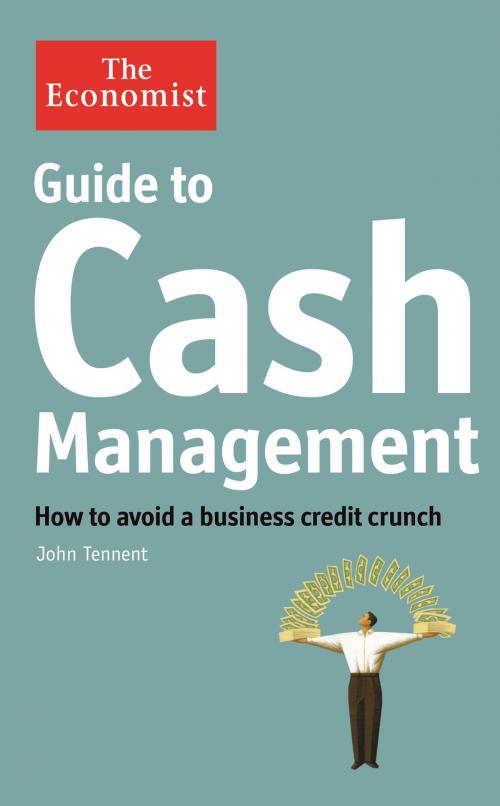Guide to Cash Management
How to avoid a business credit crunch
Business & Finance, Accounting, Management, Financial, Finance & Investing, Corporate Finance| Author: | John Tennent, The Economist | ISBN: | 9781610395168 |
| Publisher: | PublicAffairs | Publication: | February 25, 2014 |
| Imprint: | The Economist | Language: | English |
| Author: | John Tennent, The Economist |
| ISBN: | 9781610395168 |
| Publisher: | PublicAffairs |
| Publication: | February 25, 2014 |
| Imprint: | The Economist |
| Language: | English |
The credit crunch highlighted to businesses the importance of cash management, as those firms which ran short of cash discovered when they found themselves in trouble or even went bust.This tightly-written guide clearly explains the six critical aspects of the effective management of cash and cash flow. These involve:
forecasting likely cash receipts and payments
establishing funding lines necessary to cover asset purchases or for working capital
efficiently managing day-to-day operations with regard to the amount of cash required
selecting appropriate investment opportunities that result in positive cash flow
monitoring the profitability of products and services to ensure they are cash generative and not cash destroying,
having a plan for managing excess cash that exceeds demand
Cash rather than profit has always been the ultimate determinant of whether a business survives.
The credit crunch highlighted to businesses the importance of cash management, as those firms which ran short of cash discovered when they found themselves in trouble or even went bust.This tightly-written guide clearly explains the six critical aspects of the effective management of cash and cash flow. These involve:
forecasting likely cash receipts and payments
establishing funding lines necessary to cover asset purchases or for working capital
efficiently managing day-to-day operations with regard to the amount of cash required
selecting appropriate investment opportunities that result in positive cash flow
monitoring the profitability of products and services to ensure they are cash generative and not cash destroying,
having a plan for managing excess cash that exceeds demand
Cash rather than profit has always been the ultimate determinant of whether a business survives.















